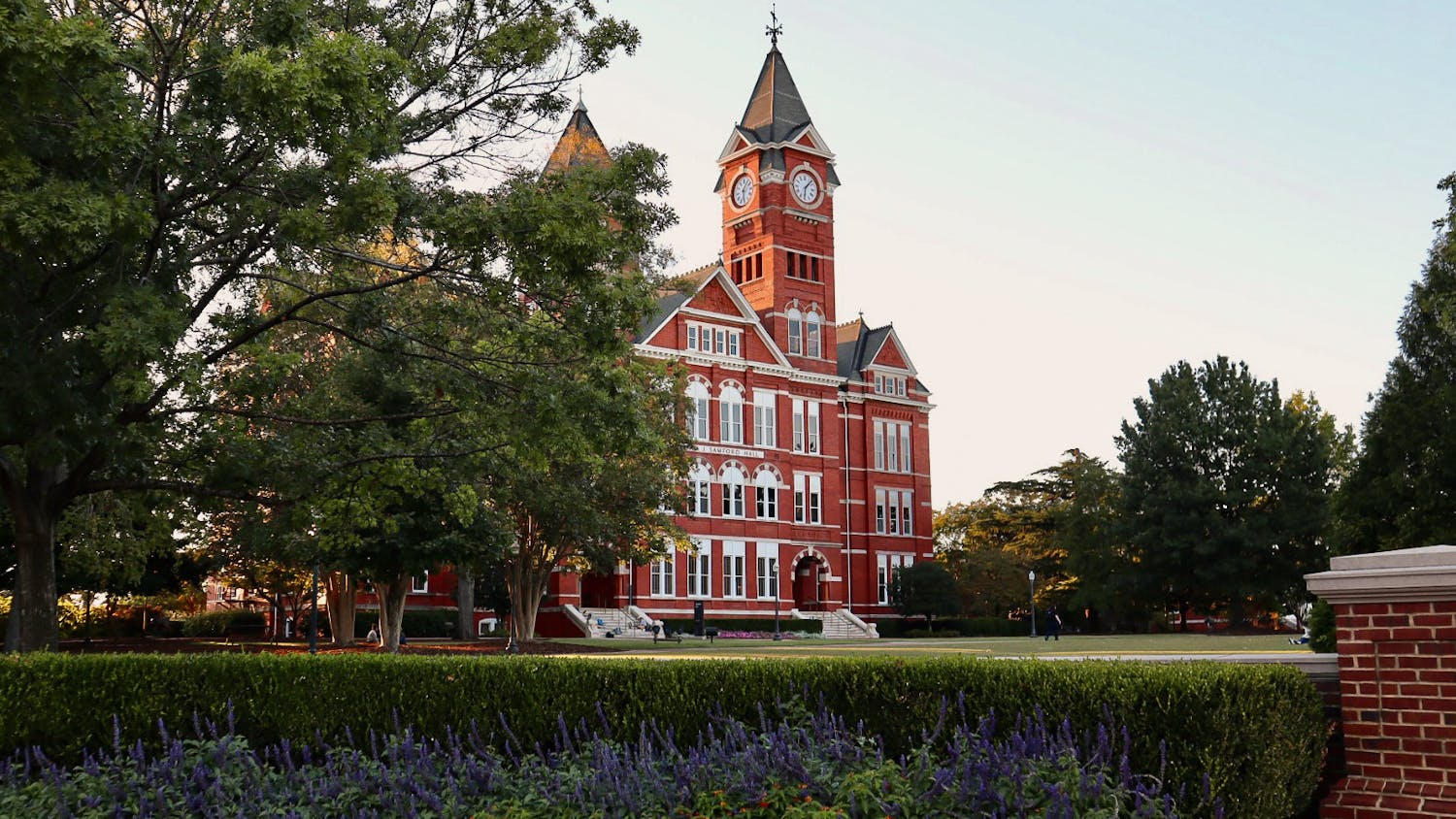Sewer systems, when run properly, are a city's best-kept secret.
"All of our infrastructure--pretty much all of it's underground," said Laura Koon, Auburn's water resource management director. "You can't see it. It's out of sight, out of mind. It's not something you really pay a lot of attention to."
Koon said people don't generally notice the sewer system until they have a problem.
Koon and Auburn's water resource management department constantly work to maintain the sewer system and use advanced technology to restore old and broken pipes to prevent an unpleasant disaster.
"Water is critical and sewer service is critical for the public health and to prevent the spread of disease," Koon said. "You've got to have clean water to drink, and you've got to have proper waste disposal for the community to be healthy."
One of the most common problems in sewer systems is inflow and infiltration (INI) of pipes.
INI occurs when rainwater gets into sewer lines and takes up the capacity of the water treatment plant. When the treatment plant is treating rainwater, it cannot treat as much sewage, Koon said.
"Every gallon of rainwater that we take down to the treatment plant we have to treat," Koon said. "The sanitary sewer system is designed to transport sewage. It's not meant to transport rainwater or ground water or water from other sources."
The causes of INI are broad--from something as simple as an open manhole to a complicated fix like a damaged pipe.
The water resource management department determines where INI occurs by a series of tests.
"We will take flow meters and have them inserted into the sewer system in different parts of town--places that we select that are critical to have information on," Koon said.
The flow meters measure the flow of sewage through the pipes during dry and wet conditions.
Ideally, Koon said, there would be no variation in the flow rates because the sewer system should not be taking in any extra water when it rains.
"If we're seeing large variations in flow (between dry and wet conditions), then that tells us there's some type of problem," Koon said.
Smoke testing is used to find out if INI is occurring because of a direct means of inflow on the ground's surface.
"You take the manhole cover off and you set (the smoke testing device) down into the manhole, and you use this diesel product, which makes a lot of smoke, and blow it into the sewer system and look to see where the smoke comes out," Koon said.
Similarly, dye testing is commonly used to detect blockages in pipes.
"We can put dye in the water to see where it's coming from and where it's going," Koon said.
To replace pipes with damage that causes INI, as well as other types of pipes that are outdated, undersized or irreparably blocked, the water resource management department uses two primary technologies.
One of the preferred methods of pipe replacement is to use cured-in-place pipe (CIPP).
The pipe, which is initially a flexible, felt-type material, contains a type of resin that hardens when warm water runs through it.
CIPP is inserted into the existing pipe and is hardened after it is in place, creating a new pipe within the old one.
These new pipes can last up to 50 years before needing further rehabilitation, said Matt Dunn, watershed division manager.
"That's a very good lifespan from a pipe perspective," Dunn said.
A technique called pipe bursting, which does not require any digging, is also used to replace pipes.
"They insert a cutter head into the existing pipe, usually down through a manhole," Dunn said. "As the cutter head is going through, it's basically breaking up the pipe. As it's cutting, it's just pulling that new pipe in right behind it."
The cutter head breaks up the existing pipe, which is scattered into the ground around the new pipe.
The old pipe, which is usually clay, does not hurt the environment and is eventually absorbed into the ground, Dunn said.
While this technology is expensive, Koon said installation, maintenance and repair of the sewer system is paid for by subscribers' monthly sewer bill, which, combined with garbage and water fees, is generally lower than $40.
"(The rates are) very competitive," Koon said. "Of the essential services, water and sewer are by far the cheapest utilities and the most economical utilities that someone would obtain."
Koon said the testing methods allow the city to address INI and other issues on a case-by-case basis, which saves money.
"We're trying to use their dollars wisely--use them where (customers) get the most bang for their buck, and the system sees the greatest benefit for those monies to be spent," Koon said.
Do you like this story? The Plainsman doesn't accept money from tuition or student fees, and we don't charge a subscription fee. But you can donate to support The Plainsman.




